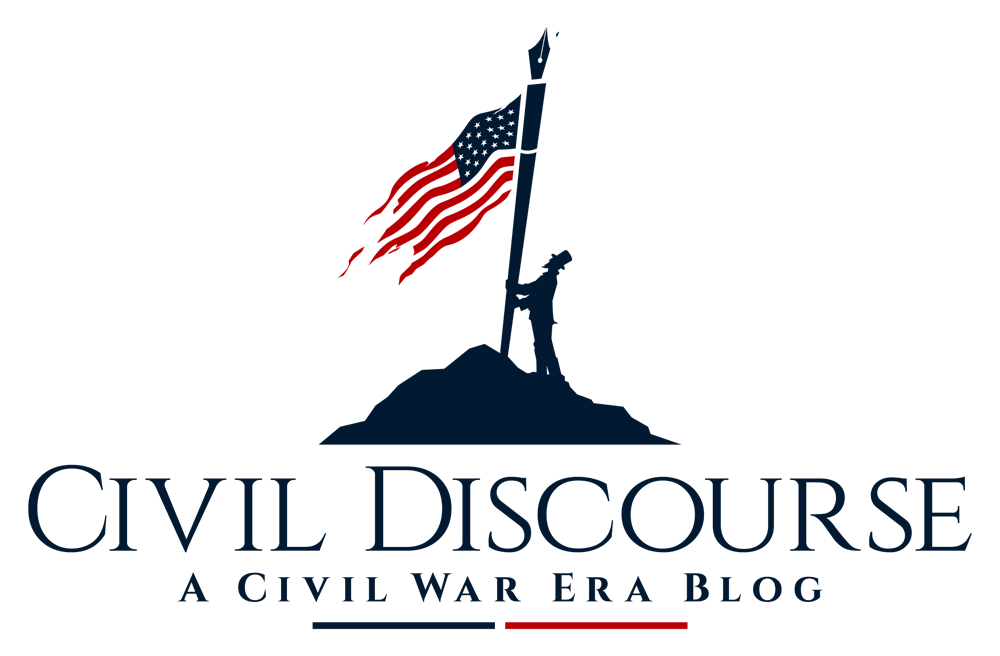Dr. James A. Mowris surveyed the scene around him and could not help but be struck by its terrible grandeur. The forty year-old surgeon, under whose care were the veteran soldiers of the 117th New York Infantry, watched enraptured as thousands of Union troops disembarked onto the North Carolina coast. As the “downy web footed infantry” splashed ashore, a United States Navy fleet provided cover fire, bombarding Confederate-held Fort Fisher nearby. Fort Fisher protected the port of Wilmington, North Carolina, where for four years sleek Confederate blockade runners had slipped past Union warships and returned laden with much needed provisions, war materials, medicine, and more. By 1865, Wilmington was the Confederacy’s last remaining open port, a thin golden lifeline the connected the beleaguered South to the outside world and all its riches. Yet James A. Mowris and the nearly 9,000 other Union soldiers accompanying him had arrived to cut that invaluable lifeline. It was Friday the 13th, January, 1865, and the last great coastal campaign of the Civil War was underway.
Read More












